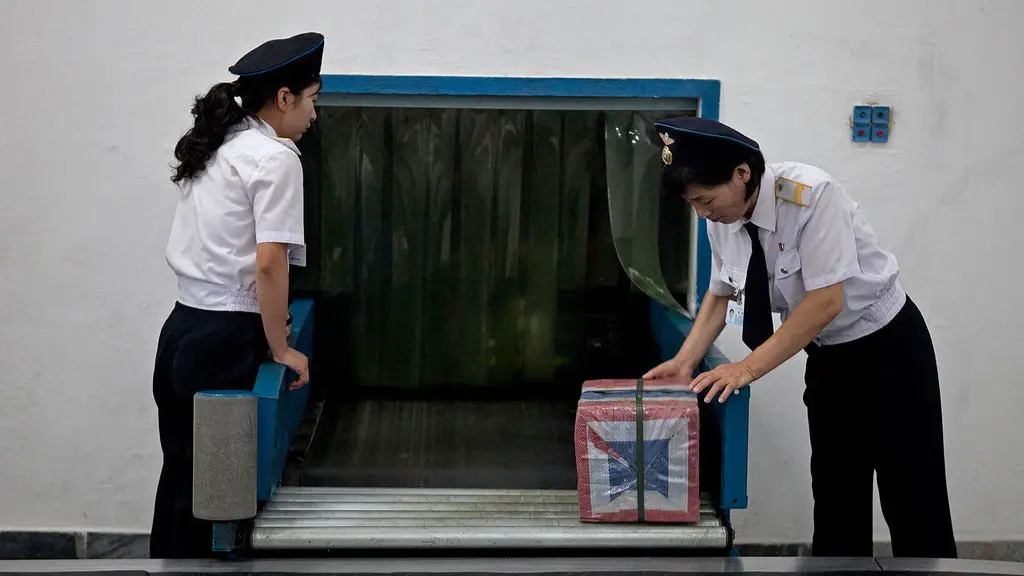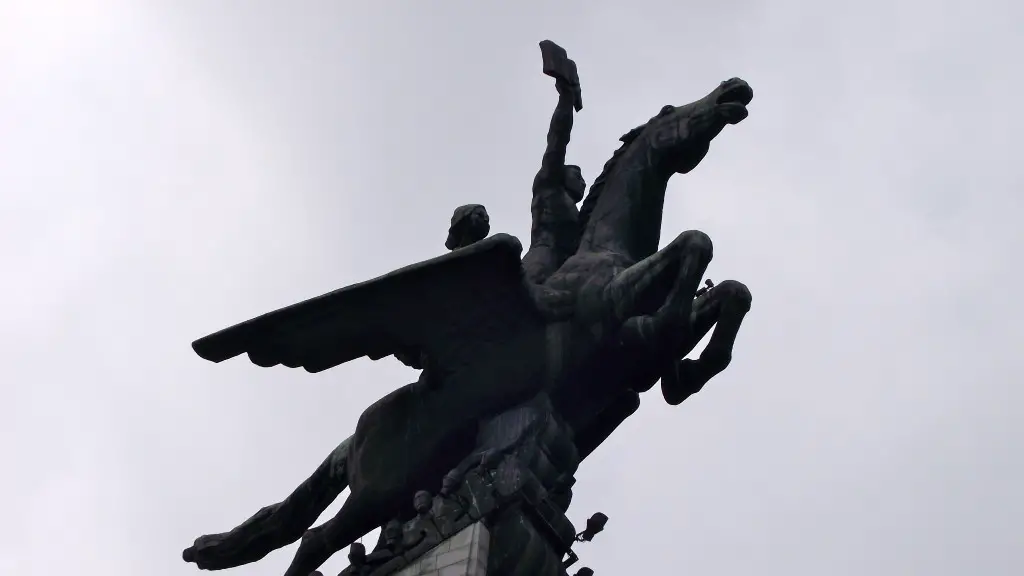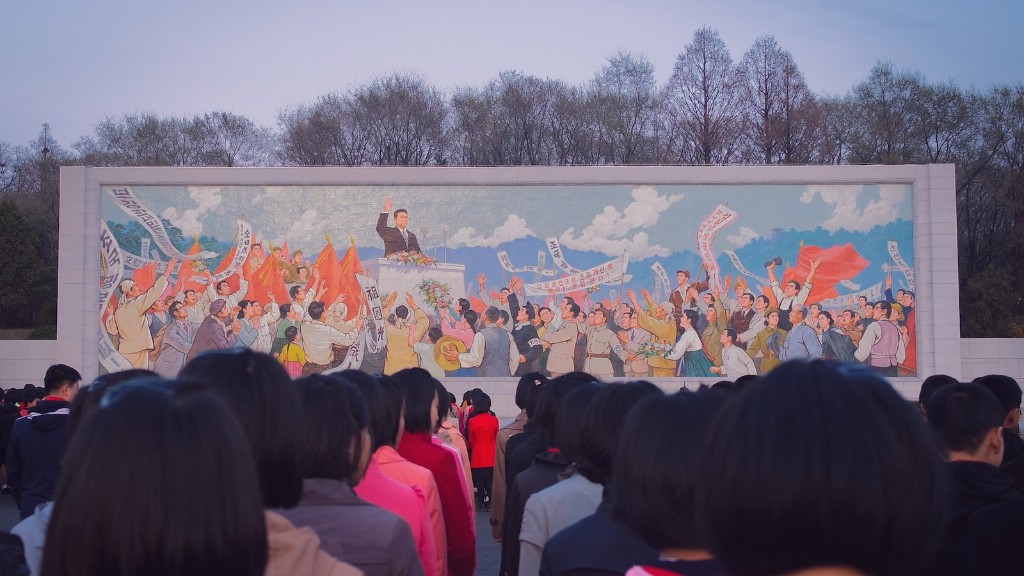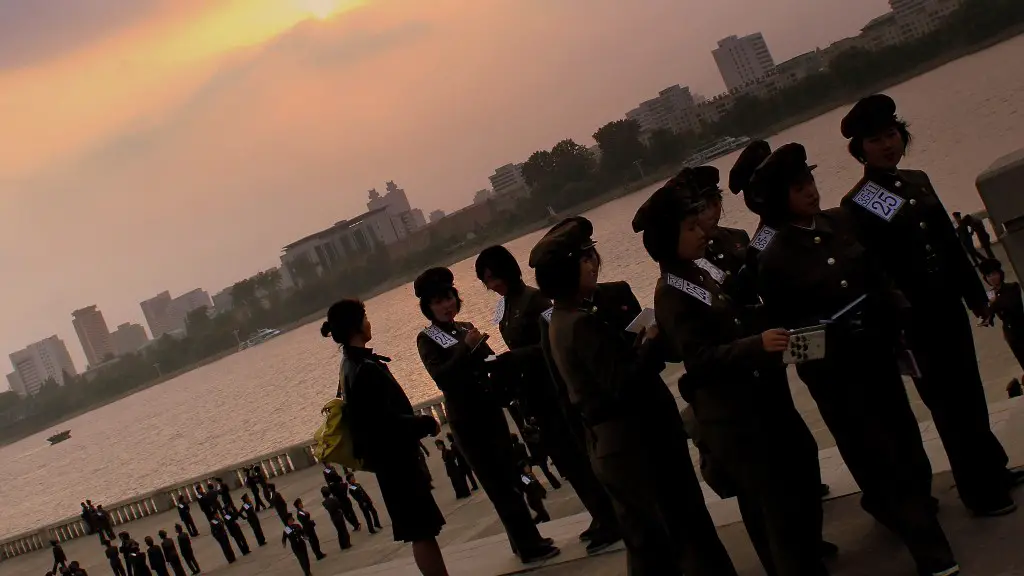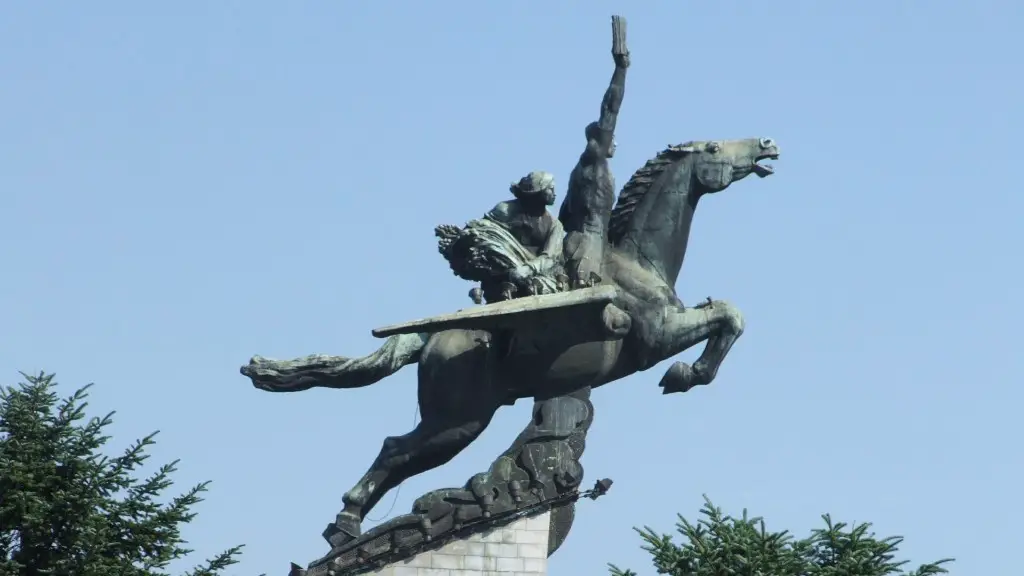North Korea, officially the Democratic People’s Republic of Korea (DPRK), is notorious for its nuclear weapons program, totalitarian state, and relentless attempts to undermine democracy. But before the founding of the DPRK in 1948, the land was known by many different names and inhabited by diverse clans and dynasties. Depending on the period of history, North Korea was variously known as Goguryeo, Pyeongyang, Koguryo, and several other names.
Gogoryeo (37BCE – 668AD) was the earliest Kingdom in the land that came to be known as North Korea. The Kingdom of Goguryeo is considered the ancestor of all modern-day Koreans, having unified rival kingdoms and defeated various Chinese dynasties. During the Three Kingdoms era, Pyeongyang became the capital of the Goguryeo kingdom and remained so for many centuries.
By the 7th century AD, Silla, a Korean dynasty based in the south of the Korean peninsula, had begun to influence and dominate the northern territories. This period was marked by Buddhist and Confucian ideologies, as well as advances in writing and literature. During this time, Pyeongyang was established as the Pyeongyang province, and the territories it ruled over later became the modern-day North Korea.
Between the ninth and twentieth centuries, North Korea was ruled by various dynasties and clans. In the late nineteenth century, Korea’s traditional political structure devastated due to wars with China and Japan. In 1910, Japan annexed Korea, and the ruthless and oppressive occupation continued until Japan was defeated in WWII.
After the surrender of Japan in 1945, the Soviet Union declared a trusteeship over most of the Korean peninsula. In 1948, the Democratic People’s Republic of Korea (DPRK) in the north was established, while American forces occupied the south and established the Republic of Korea (ROK).
Today, North Korea remains a secluded and strictly controlled country where the government censors all public information. While the country has a turbulent past, its story has yet to be fully told.
Religion
Prior to 1948, religion played an integral role in North Korean life and culture. Confucianism, Buddhism, and shamanism were the three major religions practiced in North Korea. Confucianism was the most widespread and served to uphold the hierarchical social system, promote loyalty, and influence legal codes. Buddhism was widespread from the 4th century until the 13th century and was considered very important in educating the upper classes. Shamanism, a practice of animism, was the most popular among commoners, who believed in nature’s power and believed in rituals to communicate with spirits.
At present, North Korea does not have any organized religion and its leaders are hostile towards any form of religious practice or belief. Despite this, some North Koreans still practice traditional religions in secret.
Language
Since North Korea’s independence from Japan in 1945, Korean has been recognized as the official language. Prior to that, the official language of North Korea’s various ruling dynasties was Chinese. Korean was spoken in the rural areas and some upper class families, but the language was not officially recognized until its independence.
Today, the majority of North Koreans speak Korean. Chinese is also spoken by some ethnic minorities in North Korea, and is used to communicate with China and other countries in the region. Russian is rarely spoken by North Koreans as it has become less relevant as the Cold War ended.
Culture
Traditional North Korean culture is deeply rooted in Confucianism, Buddhism and shamanism and is strongly influenced by its neighbours China and Japan. The traditional culture is marked by a well-defined gender hierarchy, with males at the top and women holding a subordinate position. North Koreans also place a great importance on education and North Korean schools adhere to a strict academic curriculum.
At present, North Koreans are exposed to global trends and pop culture, such as K-pop, through smuggled DVDs and radio programs, as well as online content. Despite this, the country’s traditional values, such as respect for the elderly, remain largely unchanged.
Economy
The North Korean economy prior to 1948 was largely agrarian in nature, with farmers cultivating rice, corn, and other grains. This was supplemented by the cottage industries and production of handicrafts, such as pottery and textiles. From the 19th century onwards, the Korean peninsula underwent economic development due to the influx of foreign capital and advances in technology.
Today, North Korea’s economy is one of the least open in the world and it remains largely isolated from the global economy. It is heavily reliant on foreign aid and is characterized by large scale state-sponsored projects. The country’s economy is largely reliant on exports to China and limited trade with other countries, such as Russia and India.
History
North Korea has a long and tumultuous history, from the rise of Gogoryeo to the occupation of Japan to the establishment of the DPRK in 1948. The historic changes and transitions are credited to the resilience of its people and the courage of its leaders.
Throughout its history, North Korea experienced a variety of rulers and regimes, each of which left their own mark on the country. In the present day, North Korea remains a unique and mysterious country, one that continues to puzzle the international community.
Politics
Prior to the establishment of the DPRK in 1948, the Korean peninsula was divided into rival factions, each trying to gain control of the land and its resources. During this period, the northern part of the peninsula was largely under Chinese control, while the south was under a period of Japanese rule.
After the end of WWII and the surrender of Japan, the Soviet Union declared a trusteeship over the Korean peninsula and later established the DPRK in the north. This marked the beginning of North Korea’s radical socialist policies and its path towards self-imposed isolation from the rest of the world.
Today, North Korea remains a highly restricted and authoritarian state, with the ruling Kim family enjoying total power and control over the country. Despite its troubled past, the North Korean government has managed to maintain its grip on power and continues to resist foreign influence.
Military
The military history of North Korea stretches back to the 7th century when Goguryeo established a formidable army to defend its territories. For the next one thousand years, the North Korean military participated in various wars, defending its territories and expanding its boundaries.
In the modern era, North Korea has maintained a powerful military and is one of the few countries in the world to have maintained its own nuclear weapons program. The North Korean military has also been accused of human rights abuses and is considered to be one of the most oppressive militaries in the world.
Foreign relations
Prior to 1948, North Korea had strong ties with its neighbouring states. As the Japanese occupation progressed and the Korean peninsula became increasingly divided, North Korea’s foreign relations began to suffer. After its independence, North Korea formed close ties with the Soviet Union and China and later joined the Non-Aligned Movement.
Today, North Korea is a highly isolated state and its foreign relations are limited to a few countries, mostly its neighbours China and Russia. North Korea is also a member of the United Nations and the Non-Aligned Movement, and it has built ties with several African and Latin American countries.
